See other Health Articles
Title: The Places In America With The Highest And Lowest STD Rates
Source:
[None]
URL Source: https://www.zerohedge.com/news/2019 ... a-highest-and-lowest-std-rates
Published: Aug 29, 2019
Author: Tyler Durden
Post Date: 2019-08-29 07:32:48 by Horse
Keywords: None
Views: 797
Comments: 12
Among these major STDs tracked by the CDC, chlamydia is by far the most common. Over 500 people out of 100,000 report a case of chlamydia each year. This is more than twice as much as the reported cases of gonorrhea, HIV, syphilis combined. With the exception of HIV, these diseases can be cured, but catching them early is critical for minimizing their damage. So which places in America have the highest and lowest rates of STDs? The chart below shows the newly reported cases per capita by state for all four of these diseases combined: STD rates vary considerably depending on where you are in America. Alaska, Mississippi and Louisiana have the highest STD rates in the nation with over 1,000 people out of 100,000 reporting a new case each year. Put differently, that’s over 1% of the population. On the other hand, STD rates in West Virginia, and New Hampshire are the lowest in the nation. In these locations, the STD rates are nearly three times lower than in the states with the highest rates. What drives places like Alaska to have the highest STD rate in the nation and West Virginia to have the lowest one? Given that chlamydia is much more common than other diseases, it’s prevalence by state drives the overall averages. Below shows the chlamydia rate by state: Georgia has the highest new infection rate of HIV in the country, with 30 people per capita reporting the disease. Louisiana (a state that also ranks in the top three for chlamydia and gonorrhea) ranks second when it comes to HIV infections. The states where HIV infections are much less common are all states with mostly rural environments. Lastly, let’s examine the syphilis rate. Compared to the other three diseases we’ve looked at so far, syphilis is the least common. However, it can have very serious effects if not detected and treated early. By a considerable margin, Nevada has the highest syphilis rate in the United States. This is largely driven by Clark County (the home of Las Vegas) having the highest syphilis rate of all counties in the United States. Of the four disease we examined in this article, Louisiana was the only state that ranked in the top three of new infections for all of them. *** In the United States, there is an enormous variance in the prevalence of STDs by location. For some diseases an STD can be 100 times more likely in one state than another. Overall, places like Alaska, Mississippi and Louisiana have the highest STD rates, while West Virginia, Vermont and New Hampshire have the lowest. Given that sexually transmitted diseases are by definition locally transmitted, perhaps it shouldn’t be too surprising that their prevalence is closely associated with geography. Alaska has the highest chlamydia rate in the nation with 800 new cases per capita each year. The problem is so severe in the state that the state health department recently issued a bulletin warning residents about the rising risk. West Virginia has the lowest chlamydia rate in the nation, contributing to its ranking as the state with the lowest overall STD rate in the country. Next, let’s turn our attention to the second most common STD, gonorrhea: By a considerable margin, Nevada has the highest syphilis rate in the United States. This is largely driven by Clark County (the home of Las Vegas) having the highest syphilis rate of all counties in the United States. Of the four disease we examined in this article, Louisiana was the only state that ranked in the top three of new infections for all of them. *** In the United States, there is an enormous variance in the prevalence of STDs by location. For some diseases an STD can be 100 times more likely in one state than another. Overall, places like Alaska, Mississippi and Louisiana have the highest STD rates, while West Virginia, Vermont and New Hampshire have the lowest. Given that sexually transmitted diseases are by definition locally transmitted, perhaps it shouldn’t be too surprising that their prevalence is closely associated with geography. Poster Comment: Alaska has lots of gays. Lots of STDs can be explained by race- blacks and Mexicans. We need racial profiles on diseases. A black girl tried to tell me that chlamydia was hereditary because "My mama, my auntie and me all have it."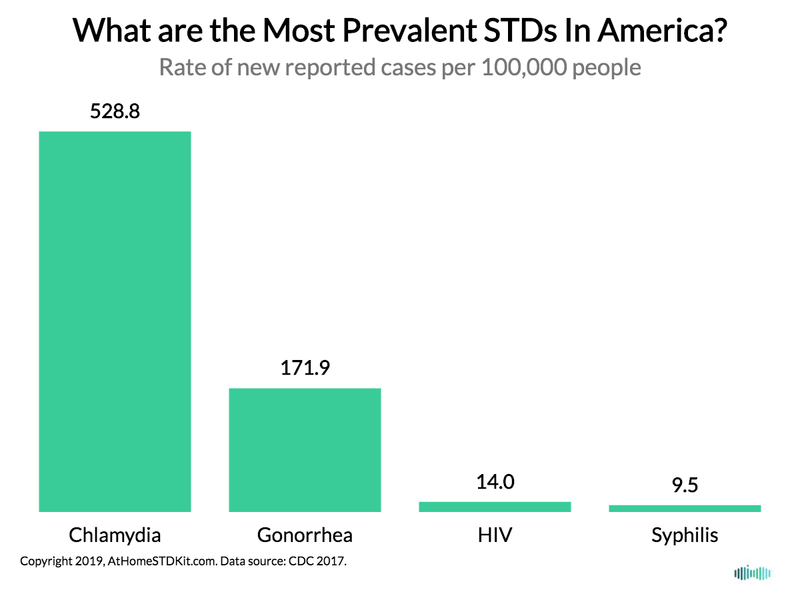
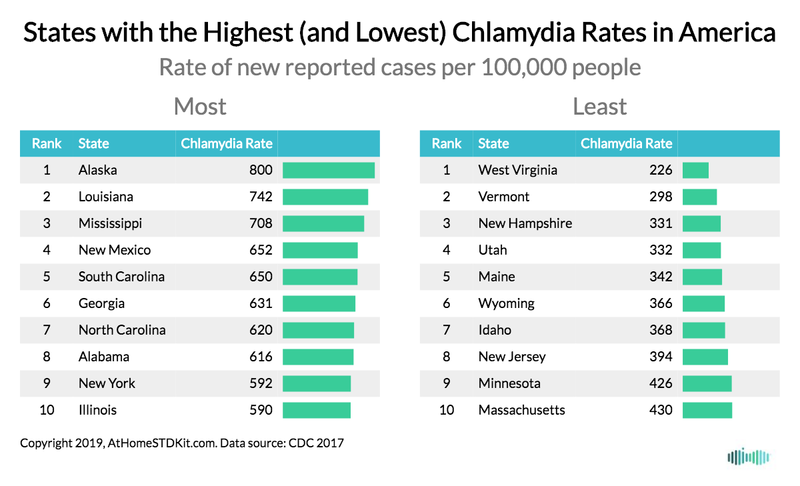
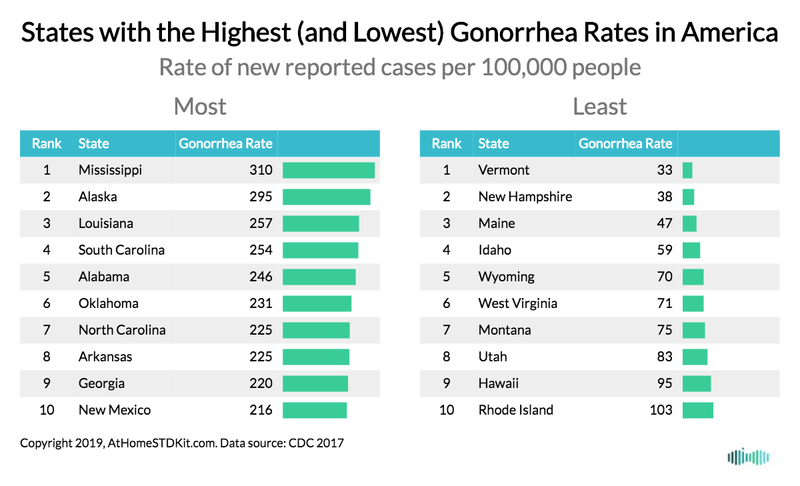
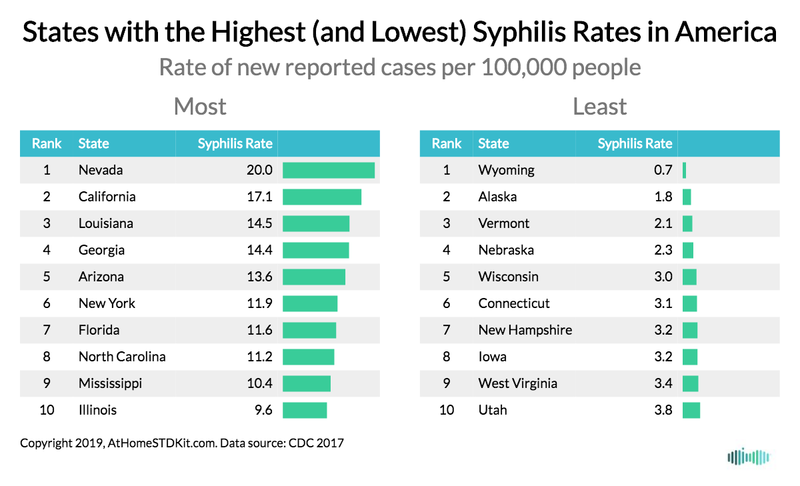
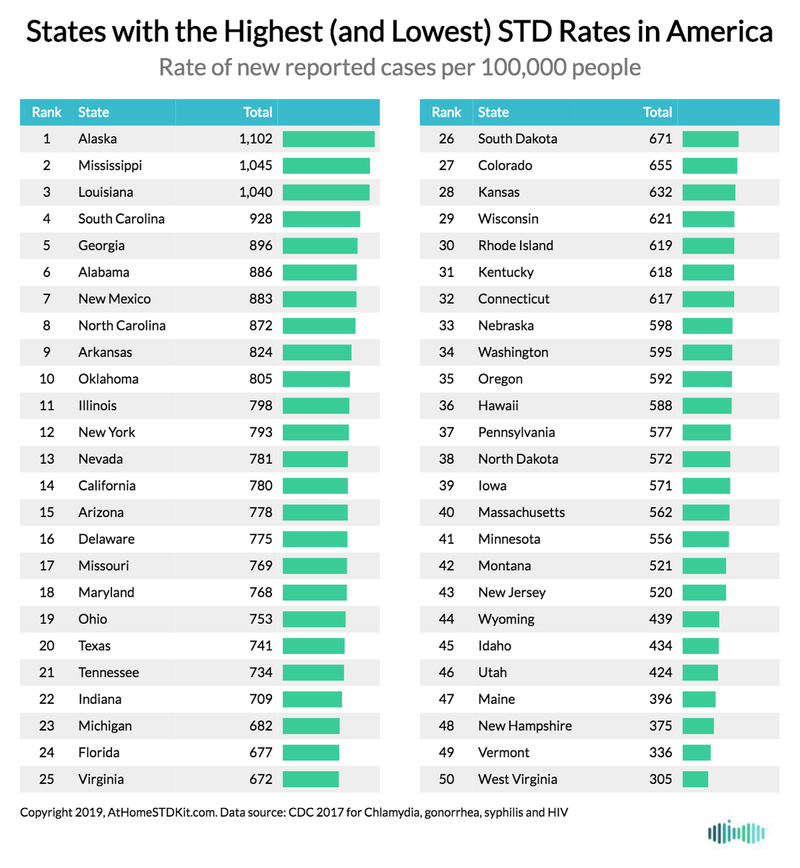
Post Comment Private Reply Ignore Thread
Top • Page Up • Full Thread • Page Down • Bottom/Latest
#1. To: Horse (#0)
The black girl might not be as stupid as you think. Recently I read that a 40-year old Filipina "in the life" was less likely to be HIV+ than a 15 year old African girl and it had something to do with genetic protection.
They say HIV was invented to get rid of the black race. But it turns out that gays can get it too. ;) "When bad men combine, the good must associate; else they will fall, one by one." Edmund Burke
So can straight men. Straight women in Africa even more so. some people are more genetically resistant to HIV+ than others
I see no rhyme nor reason in the rankings.
“The most dangerous man to any government is the man who is able to think things out... without regard to the prevailing superstitions and taboos. Almost inevitably he comes to the conclusion that the government he lives under is dishonest, insane, intolerable.” ~ H. L. Mencken
Alaska = gays. Most states are high in STDs are high in either blacks or Hispanics or both.
The Truth of 911 Shall Set You Free From The Lie
Some say that gays in the US were first exposed in Hepatitis vaccine trials in the US given to gays. Women would find it difficult to infect a man but not vice versa. And finally anal sex results in skin breaks. Not good. Skin breaks are why vaccines are so dangerous.
The Truth of 911 Shall Set You Free From The Lie
When I was making deliveries at the fag florist in Chicago, one of the designers came down with Hepatitis. We all had to get shots. Me and the other deliveryman were the only straight people in the place. They always wanted me to march in the Clark St. (Gay Day) parade. But I never would because I wasn't that way. ;) "When bad men combine, the good must associate; else they will fall, one by one." Edmund Burke
Homophobe!!!!!!!!!!!! :-)
“The most dangerous man to any government is the man who is able to think things out... without regard to the prevailing superstitions and taboos. Almost inevitably he comes to the conclusion that the government he lives under is dishonest, insane, intolerable.” ~ H. L. Mencken
And the 10 lowest are the whitest states in the country. Might be wrong, though, to conclude that they are any more moral than the 10 highest.
They are smarter.
The Truth of 911 Shall Set You Free From The Lie
Perhaps but that might not account for the lower STD rate. West Virginia is on that list. Could be better genes.
West Virginia is still smarter than the average black. More likely to be married, less likely to have illegitimate children and less likely to be in prison.
The Truth of 911 Shall Set You Free From The Lie
#2. To: Ada (#1)
a 40-year old Filipina "in the life" was less likely to be HIV+ than a 15 year old African girl and it had something to do with genetic protection.
#3. To: BTP Holdings (#2)
They say HIV was invented to get rid of the black race. But it turns out that gays can get it too. ;)
#4. To: Horse (#0)
#5. To: Lod (#4)
#6. To: BTP Holdings, Ada (#2)
#7. To: Horse (#6)
gays in the US were first exposed in Hepatitis
#8. To: BTP Holdings (#7)
#9. To: Horse (#5)
#10. To: Ada (#9)
#11. To: Horse (#10)
They are smarter.
#12. To: Ada (#11)
Top • Page Up • Full Thread • Page Down • Bottom/Latest